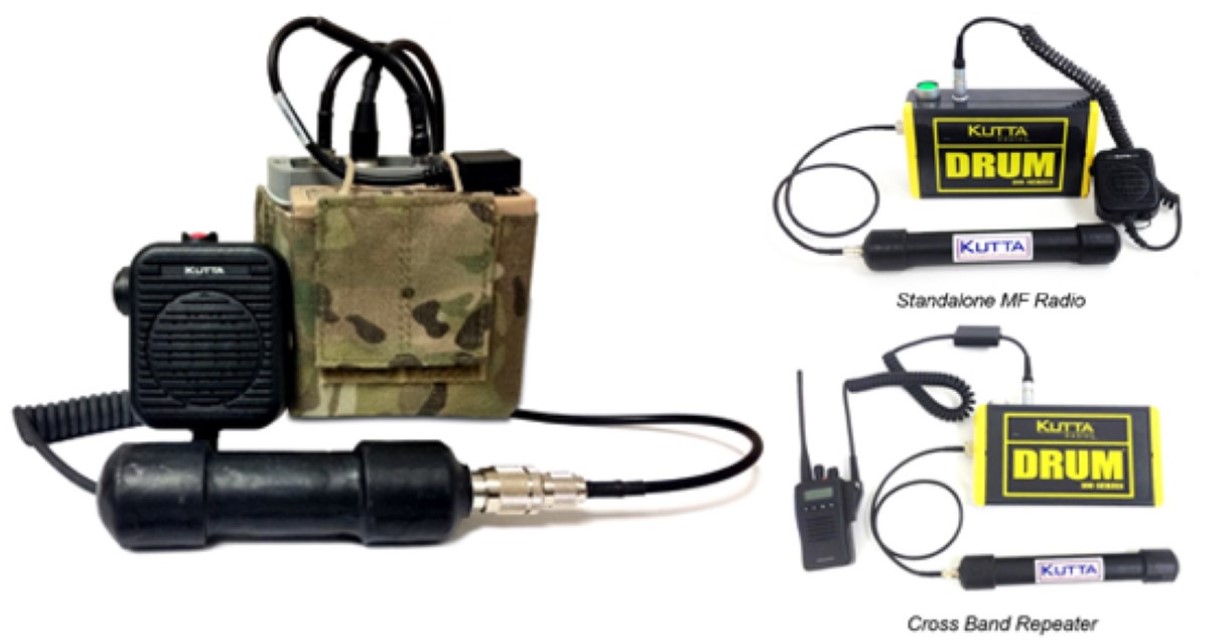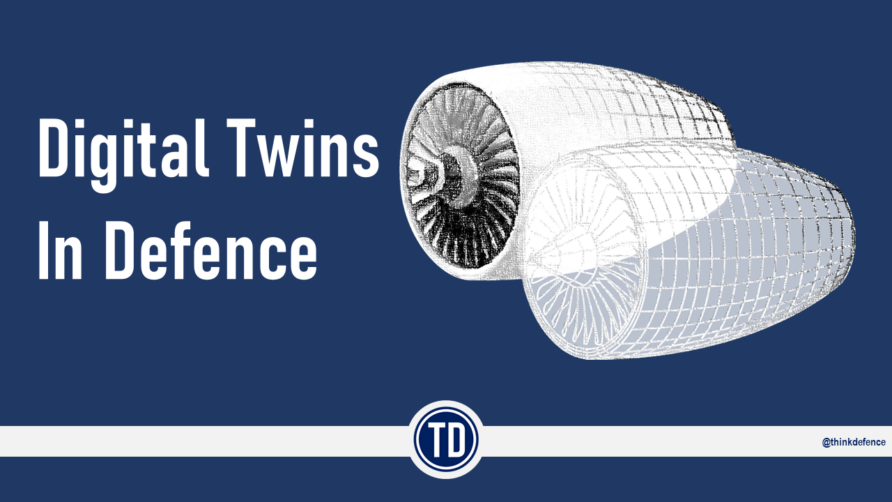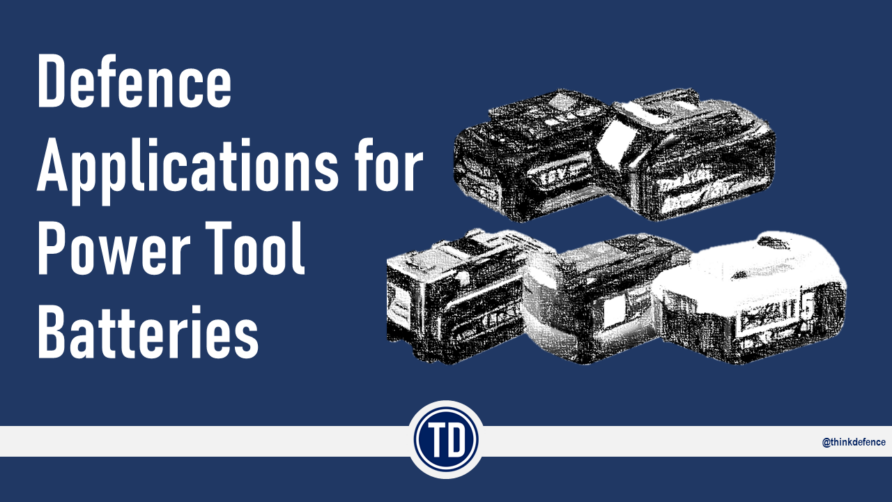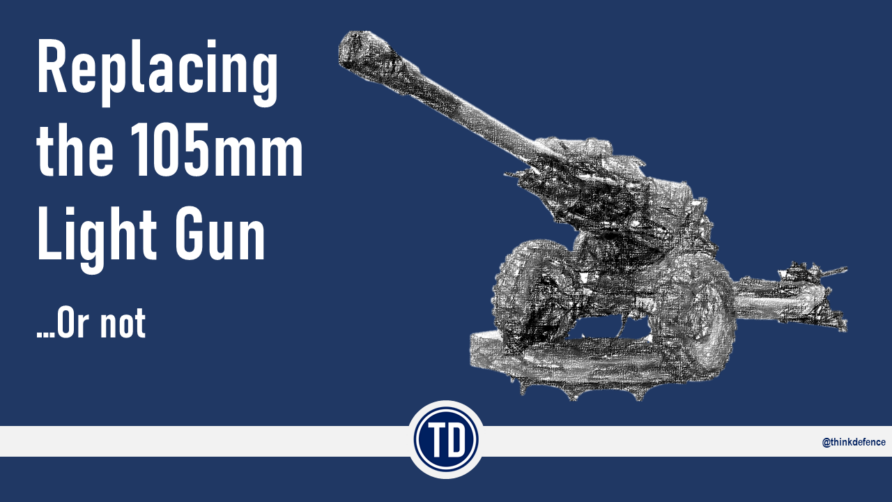A recent Wavell Room article from Dave Wimbush considered the options for developing close quarter battle skills and doctrine in the urban environment. It was a brilliant piece that explained the context of potential future urban environments clearly and laid out areas for further improvement and development.
One of those was the issue of subterranean warfare (SbT) and the challenges of command, control, and communications;
current ISR and C2 technologies are incapable of supporting subterranean operations. Therefore, it forces greater demands on old-fashioned C2 at the lowest tactical levels. It is up to the frontline soldiers to scout ahead, fight, and coordinate. Committing to an unofficial, human-made SbT network would be something that should not be taken lightly or on the spur of the moment. You are committing soldiers down a hole that you know nothing about and without the slightest guarantee of a tangible military success. If the British Army wishes to contest SbT spaces rather than just secure and by-pass (and there are valid arguments for that), then this requires greater investment at the lowest level.
The DSTL Future Cities report also provides an excellent background read, click here to read
As the Wavell Room article described so well, there is plenty going on in the British Army, collaboration with other nations, developing the Land Urban Roadmap, and training at Gibraltar. But I also wonder if there is a body of expertise and pool of manufacturers that could be exploited further; mine rescue.
Exploitable Industries — Mine Rescue
An urban subterranean environment has many parallels with a mine. As we all know, deep-level mining is no longer common in the UK. There is still a small number, however, Boulby Mine in Cleveland is Europe’s second deepest mine, extracting polyhalite, rock salt and potash being a notable example.
MRS Training (formerly known as Mines Rescue Service) could be an excellent source of training and expertise
Today we still provide specialist emergency rescue services but to a wider range of industries – including power stations, farms, factories, construction, utilities, and wind farms to name just a few. As well as on-site rescue services, we provide a wide range of safety training courses at 7 UK training centres, and on-site using our specially created mobile training rigs. Our history and continued rescue work provide our teams with insights and knowledge which makes us leaders in the training sector.
This video provides a great overview
The latest VR technology has also started to be used for mine rescue
Underground Communication Networks in Mines and Tunnels
Technology is constantly changing, mines and tunnels are not immune from this. Traditional fixed-line and UHF/VHF networks are beginning to be supplemented with high bandwidth IoT mesh networks, driven by the demands of equipment telematics, personnel tracking, and multimedia communications.
Even private LET/4G networks have been installed in some underground environments. Much of this has also been driven by the US Mine Improvement and New Emergency Response Act of 2006 (MINER Act), especially for communications and tracking.
Leaky Feeder Cables
A leaky feeder is a special type of coax cable that is designed to radiate signals along its entire length.

They have been used for many years and there are many providers of both cable but also integrated digital systems.

Wi-Fi and LTE
Underground Wi-Fi, 802.16x and LTE antenna systems are also now readily available, with some systems also making use of leaky feeder cables.
Communication in an underground environment is one of the many fiendish challenges, legacy equipment may well struggle, and without effective communication, operations will be impaired. The three main issues are intra-unit communications and tracking, backhaul communications to above-ground HQ’s and location tracking of personnel underground. All these issues have been solved with commercial underground systems.
The problem with using leaky feeders, distributed antennas and underground Wi-Fi/4G are, they all require pre-installation and be in an undamaged state. Research has shown that leaky feeder cables do not survive explosions, let alone deliberate damage from something simple as a pair of pliers. Some defence underground scenarios might allow for the installation of new or exploitation of existing communications infrastructure, but most will not.
Going back to mine rescue, three solutions have been used;
Mine Rescue — Deployable cables and nodes/repeaters
Trailing a cable as you proceed through an unknown underground environment provided a known and reliable backhaul capability. Quickly installing a leaky feeder might also be appropriate, using powder-actuated fixings and cable hangers.
This video shows such an approach
Available from IWT, click here to read the brochure. MST also manufactures a range of deployable repeater and mesh nodes that can be deployed for short durations.
This might seem like a low-tech approach, but it is proven in challenging environments.
Mine Rescue — Through the Earth Radio
This uses low-frequency radio, usually for one way communications such as evacuation orders, to receivers located in miner lamps. They are also used for the safe transmission of blasting initiation signals. Although effective at what it does, TTE has several major limitations, typically requiring huge antenna loops.

Mine Rescue — Medium Frequency Radio
Arguably the most applicable of the three, medium wave radio operating at 450–500 kilohertz and coupled to existing metallic infrastructure such as power lines, pipes, rail lines and cable trays to provide a parasitic transmission media. In effect, they use existing metallic content in the environment in the same way as more conventional systems use leaky feeder coaxial cable.
This is not something for nothing, MF radio systems are generally bulkier and heavier than UHF/VHF/LTE systems, and bandwidth is relatively small, voice only. MF repeaters and bridges are also available to connect to other systems.
Kutta Radios in the US is one example manufacturer of MF Radio systems for use in underground environments;
Kutta DRUM® radios use parasitic propagation of a medium frequency signals to send voice and data communications in an underground environment. These signals magnetically couple to metallic items commonly found in the infrastructure of a mine, and allow for voice and data transfers several miles in distance. When proper conductors are present, signals can travel over 5 miles in distance non-line of sight. These point-to-point communications can be carried by conductors such as: leaky feeder cables (powered or un-powered), phone lines, power lines, lifelines, metal pipes and tracks. Conductors that are even buried beneath the earth can continue to transmit medium frequency signals in many scenarios, making the DRUM® Communication System the ideal redundant safety communication system for mine operators.
This video provides a good overview
The DRUM 100 weighs approximately 3kg

The KLR UHF/MF Link Radio is also compatible with industry-standard RFID personnel trackers

Summary
There are no doubt queues of defence communication primes with products to sell. There are civilian industry sectors that have faced and addressed many of the training, command, control, and communication challenges that the British Army might face in a future subterranean operating environment.
We should look to them for ideas and support.
Further Reading
Safety Assurance and Rescue Communication Systems in High-Stress Environments: A Mining Case Study
Handbook of Training in Mine Rescue and Recovery Operations 2021
Advances in Mine Emergency Communications
Emergency Radio Communications in Subway Tunnels Using Fixed Mount DVRS
Measurement of RF propagation around corners in underground mines and tunnels
Analysis of factors affecting wireless communication systems in underground coal mines
Magneto-Inductive NEtworked Rescue System (MINERS): Taking Sensor Networks Underground
Very low frequency antenna has applications for mines rescue teams

Discover more from Think Defence
Subscribe to get the latest posts sent to your email.



